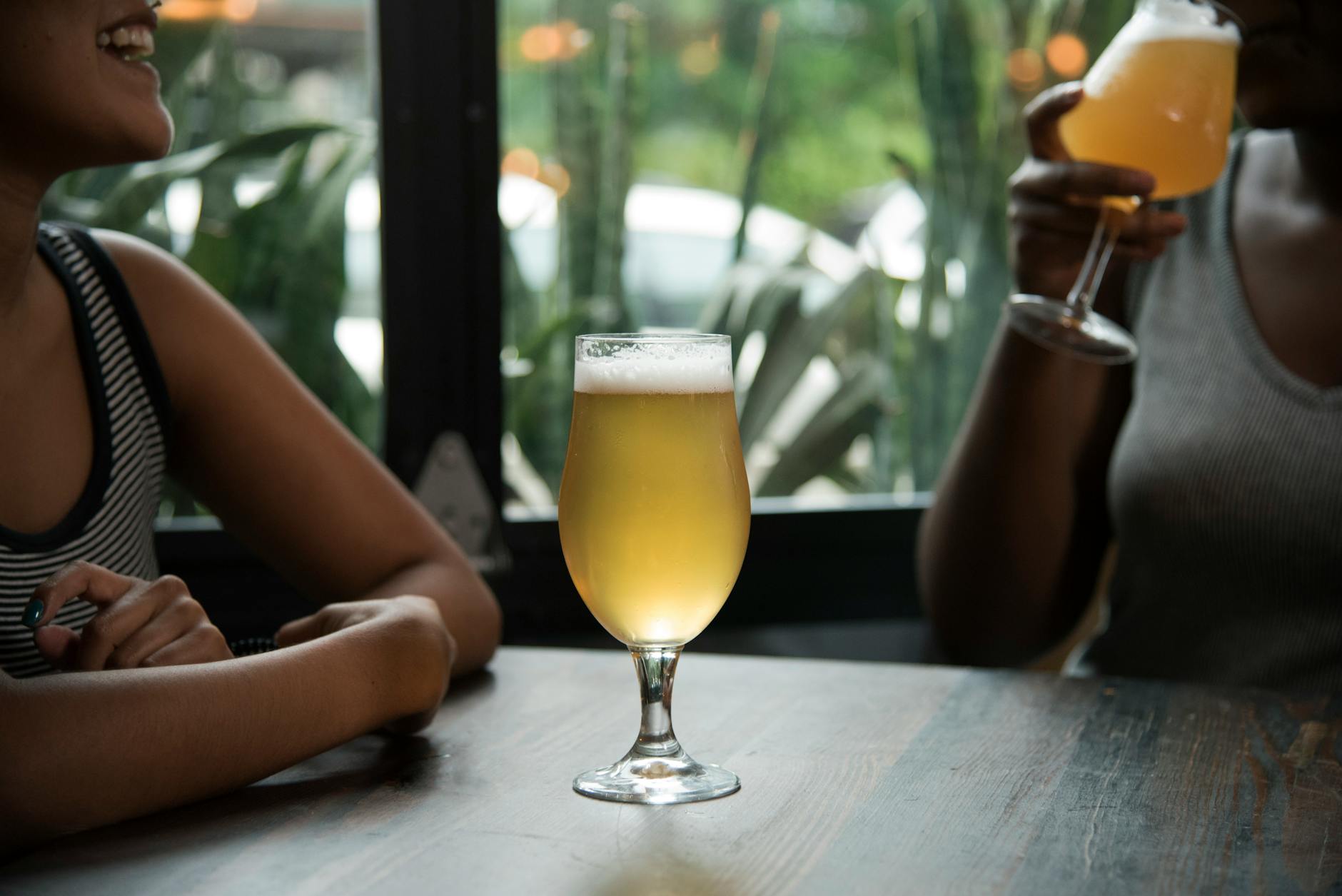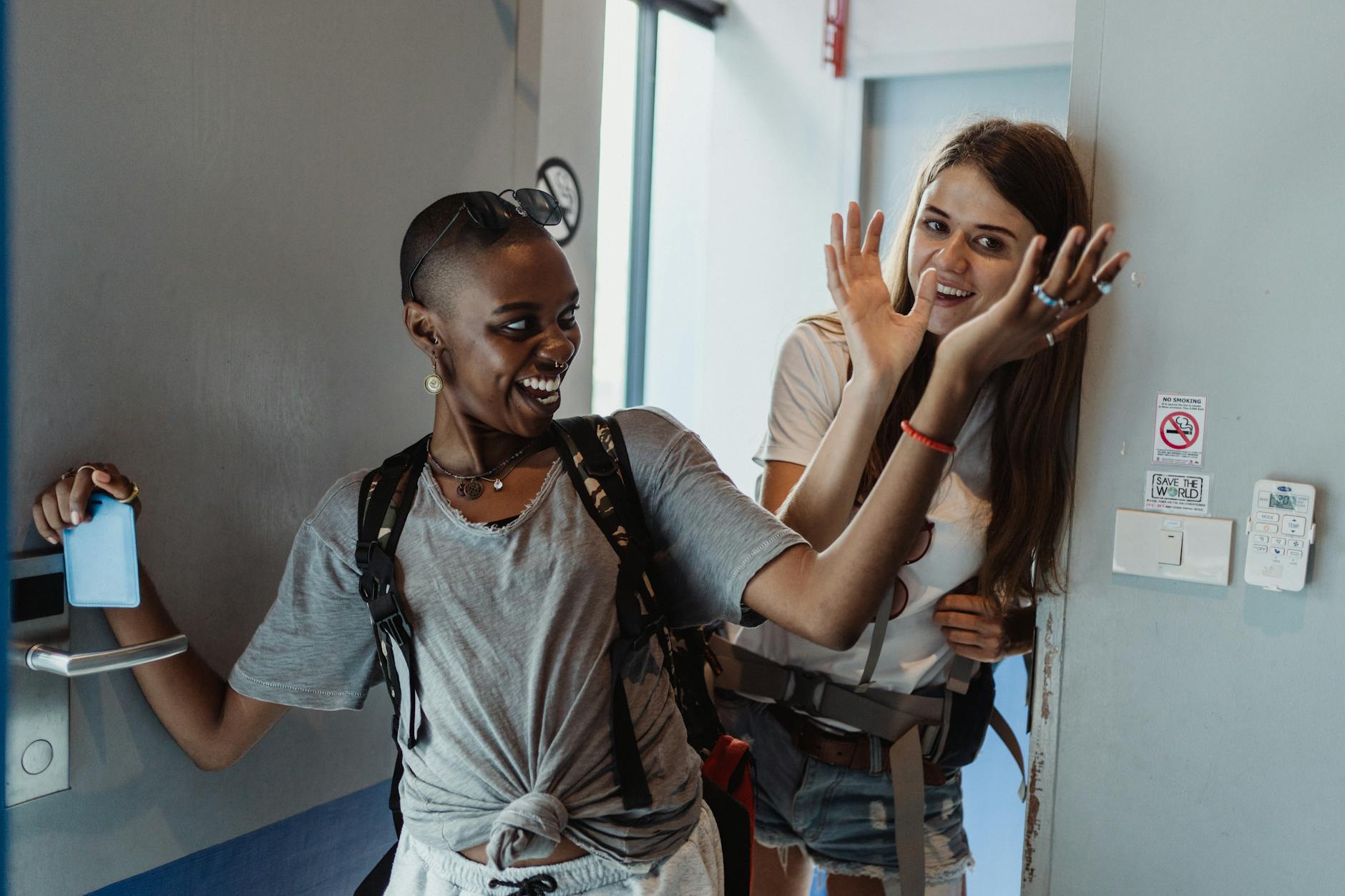The Brats That Brewed a Revolution: A Marriage of Malt and Meat
Leinenkugel and Johnsonville’s Oktoberfest Collaboration Uncorks a New Era of Flavor.
In the heartland of America, where summer barbecues transition seamlessly into autumn harvest festivals, a culinary innovation has arrived, promising to redefine the very essence of a classic. Leinenkugel’s, a brewery steeped in Midwestern tradition, and Johnsonville, a household name synonymous with quality sausages, have joined forces to present the ‘Oktoberfest Beer Brats.’ This limited-edition offering is more than just a seasonal product; it’s a testament to the power of collaboration, a celebration of shared heritage, and a bold step into the evolving landscape of food and beverage trends. As these beer-infused sausages hit the shelves, they spark a conversation about how iconic brands can innovate while staying true to their roots, and what this means for consumers seeking authentic, yet exciting, culinary experiences.
From Field to Festival: A Legacy of Flavor
The genesis of the Oktoberfest Beer Brats lies in the rich history and distinct identities of its parent brands. Leinenkugel’s, a brewery founded in 1845 by Jacob Leinenkugel in Chippewa Falls, Wisconsin, boasts a heritage deeply intertwined with German brewing traditions. Their commitment to quality, flavor, and community has cemented their place as a beloved Midwestern institution. The brewery’s seasonal ‘Oktoberfest’ beer, a malty and robust lager, is a particular favorite, evoking the spirit of the traditional German harvest festival. You can learn more about the brewery’s storied past and its dedication to brewing excellence on the Leinenkugel’s About Us page.
On the other hand, Johnsonville Sausage, founded in 1945 by Ralph F. Staver in Johnsonville, Wisconsin, has grown from a small, family-owned butcher shop into one of the most recognized sausage brands in the United States. Their unwavering commitment to using high-quality ingredients and their innovative approach to sausage making have earned them a loyal following. The brand’s reputation for creating delicious and versatile sausages, perfect for any occasion, is well-documented on their Johnsonville About Us page.
The decision to combine these two powerhouses for a specific seasonal offering is a strategic move that capitalizes on shared regional identity and complementary product portfolios. Both brands are deeply rooted in the Midwest, a region with a strong appreciation for hearty, flavorful food and a cultural connection to German heritage, particularly around the Oktoberfest season. This collaboration is not merely about slapping a beer brand onto a sausage; it’s about thoughtfully integrating the character of Leinenkugel’s Oktoberfest beer into the very fabric of the sausage, aiming to create a synergistic flavor profile that is greater than the sum of its parts.
Uncorking the Flavor: The Science and Art of Beer Brats
The creation of the Oktoberfest Beer Brats involves a meticulous process of infusing the distinct notes of Leinenkugel’s Oktoberfest beer into Johnsonville’s signature sausage blend. This isn’t as simple as just adding a splash of beer to the meat mixture. The goal is to achieve a balanced flavor where the malty sweetness, subtle hop notes, and bready undertones of the lager are present without overpowering the savory richness of the pork. The brewing process for Leinenkugel’s Oktoberfest beer itself is a crucial element. Typically, an Oktoberfest lager is brewed with Munich malt, which contributes a rich, toasty, and slightly sweet character, and German noble hops, offering a delicate spicy or floral aroma. The specific yeast strain used also plays a role in the beer’s overall flavor profile, contributing to its clean finish and slight fruitiness.
Johnsonville’s sausage-making expertise comes into play by selecting the appropriate cuts of pork and employing precise grinding and emulsification techniques. The fat content is critical for both flavor and texture, ensuring the brats remain juicy and succulent when cooked. The integration of the beer is likely achieved through a combination of methods, perhaps by reducing the beer to a concentrated liquid or by using it as a key ingredient in the seasoning and binding agents. This careful infusion aims to impart a subtle depth of flavor that complements, rather than dominates, the natural taste of the pork. The target flavor profile is one that evokes the convivial atmosphere of an Oktoberfest celebration – a hearty, satisfying, and subtly complex taste experience.
The limited-edition nature of the Oktoberfest Beer Brats also adds to their appeal. This scarcity creates a sense of urgency for consumers, encouraging them to seek out the product during its availability. It also allows the brands to test the market’s appetite for such unique flavor fusions without committing to a year-round product. This strategy is common in the food and beverage industry, allowing for experimentation and the creation of buzz around seasonal or novelty items. For a deeper dive into the craft of sausage making and the nuances of flavor profiles, resources from culinary institutes or food science journals could offer further insight.
Weighing the Wurst: The Merits and Drawbacks of a Beer-Infused Sausage
The collaboration between Leinenkugel’s and Johnsonville, and the resulting Oktoberfest Beer Brats, presents a compelling case for innovation in the food industry. However, like any culinary experiment, there are potential advantages and disadvantages to consider.
Pros:
- Unique Flavor Profile: The integration of Leinenkugel’s Oktoberfest beer offers a distinct and appealing flavor that sets these brats apart from traditional varieties. The malty sweetness and subtle hop notes can add a new dimension to the familiar taste of sausage, potentially appealing to adventurous eaters and craft beer enthusiasts.
- Brand Synergy and Appeal: This collaboration leverages the established brand recognition and loyal customer bases of both Leinenkugel’s and Johnsonville. It appeals to consumers who appreciate both quality beer and high-quality sausages, and it taps into the nostalgic and celebratory aspects of the Oktoberfest tradition.
- Seasonal Appeal and Novelty: As a limited-edition, seasonal product, the Oktoberfest Beer Brats generate excitement and a sense of urgency. This novelty can drive sales and create a memorable culinary experience for consumers looking for something special during the autumn months.
- Culinary Innovation: The product represents a creative fusion of two popular food and beverage categories. It showcases how established brands can push boundaries and explore new flavor combinations, potentially inspiring further innovation in the market.
- Celebration of Heritage: The collaboration is a fitting tribute to the German heritage that influences both brewing and sausage making, particularly in the Midwest. It allows consumers to engage with and celebrate this cultural connection through a tangible product.
- Versatility in Culinary Applications: Beer-brats are inherently versatile. They can be grilled, pan-fried, or even braised, making them suitable for a wide range of dishes, from simple backyard barbecues to more elaborate Oktoberfest-themed meals.
Cons:
- Potential for Mismatched Expectations: Consumers might have pre-conceived notions about how a beer-infused sausage should taste. If the beer flavor is too subtle or too pronounced, it might not meet everyone’s expectations, leading to disappointment.
- Alcohol Content and Consumer Preferences: While the alcohol content in the final product is likely negligible due to the cooking process, some consumers may have reservations about consuming products that have been in contact with alcohol, particularly if they are purchasing for children or have personal preferences against it.
- Price Point: Limited-edition, co-branded products often come with a premium price tag. Consumers may weigh whether the novelty and specific flavor are worth a potentially higher cost compared to standard Johnsonville brats or other beer-infused sausages on the market.
- Flavor Profile Sensitivity: The success of the product hinges on the delicate balance of flavors. If the beer’s taste is not well-integrated or if it clashes with the sausage’s inherent qualities, the product could be perceived as artificial or unpleasant.
- Availability and Accessibility: As a limited-edition offering, availability can be a challenge for consumers who discover the product later in the season or in regions where it is not widely distributed. This can lead to frustration and missed opportunities.
- Allergen and Dietary Concerns: While not explicitly mentioned, the inclusion of beer means potential allergens like gluten are present. Consumers with specific dietary restrictions or allergies need to be mindful of this, and clear labeling is crucial.
Key Takeaways: What’s Cooking with These Beer Brats?
- Leinenkugel’s and Johnsonville have collaborated on a limited-edition product: ‘Oktoberfest Beer Brats,’ infusing Leinenkugel’s Oktoberfest beer into Johnsonville sausages.
- This partnership leverages the strong Midwestern heritage and brand recognition of both companies, appealing to consumers with a connection to German culture and Oktoberfest celebrations.
- The product aims to offer a unique flavor profile by carefully integrating the malty, slightly sweet, and subtly hopped characteristics of the Oktoberfest beer into a high-quality pork sausage.
- The limited-edition status is a strategic marketing approach designed to create buzz and encourage immediate purchase, capitalizing on seasonal demand.
- Potential benefits include a novel taste experience, enhanced brand appeal through synergy, and a celebration of culinary and cultural traditions.
- Potential drawbacks include the risk of mismatched consumer expectations regarding flavor, potential price premiums, and limited availability due to the seasonal nature of the product.
- The success of the Oktoberfest Beer Brats hinges on the skillful balance of beer and sausage flavors, ensuring a harmonious and appealing taste for a wide range of consumers.
The Future of Flavor: What’s Next for Collaborative Sausages?
The success, or even the notable attempt, of the Leinenkugel’s x Johnsonville Oktoberfest Beer Brats could pave the way for a broader trend of collaborations between beverage brands and meat product manufacturers. We might see other breweries teaming up with sausage makers, or vice versa, to create innovative flavor combinations. Imagine a stout-infused bratwurst, a fruity wheat beer sausage, or even a spicy chili beer sausage. The possibilities are as diverse as the world of beers and the art of sausage making itself.
This trend could also extend to other beverage categories. Could we see wine-infused sausages, whiskey-marinated chicken, or even a cocktail-inspired jerky? The key will be to maintain a focus on quality ingredients and a thoughtful integration of flavors, ensuring that the resulting products are genuinely appealing and not just gimmicks. Consumer interest in unique, artisanal, and story-driven food products continues to grow, making these types of collaborations a promising avenue for brand growth and culinary exploration.
Furthermore, as the food industry becomes increasingly conscious of its environmental and social impact, collaborations that emphasize local sourcing, sustainable practices, and community engagement will likely gain traction. If Leinenkugel’s and Johnsonville, with their deep Midwestern roots, can highlight any aspects of their production or sourcing that align with these values, it would further enhance the appeal of their collaborative products.
The digital landscape also plays a significant role. Social media platforms offer an unprecedented ability for brands to engage directly with consumers, gather feedback, and build communities around new products. The Oktoberfest Beer Brats will undoubtedly be a hot topic online, with consumers sharing their experiences, recipes, and reviews, providing valuable data for future product development.
Gather Your Grill Masters: Taste the Tradition!
The Oktoberfest Beer Brats from Leinenkugel’s and Johnsonville are more than just a meal; they’re an invitation to celebrate a season, a heritage, and the spirit of culinary innovation. Whether you’re a seasoned grill master or a curious home cook, these limited-edition sausages offer a unique opportunity to experience a thoughtfully crafted flavor fusion.
As the autumn air grows crisp, seize the moment to bring the convivial spirit of Oktoberfest to your own backyard. Fire up the grill, gather your friends and family, and savor the distinctive taste of this remarkable collaboration. Don’t miss out on this seasonal delight – seek out the Oktoberfest Beer Brats at your local grocery store and let the delicious experimentation begin. Share your culinary creations and your tasting notes with fellow enthusiasts online, and become part of the ongoing conversation about how brands are brewing up new experiences for our palates.









